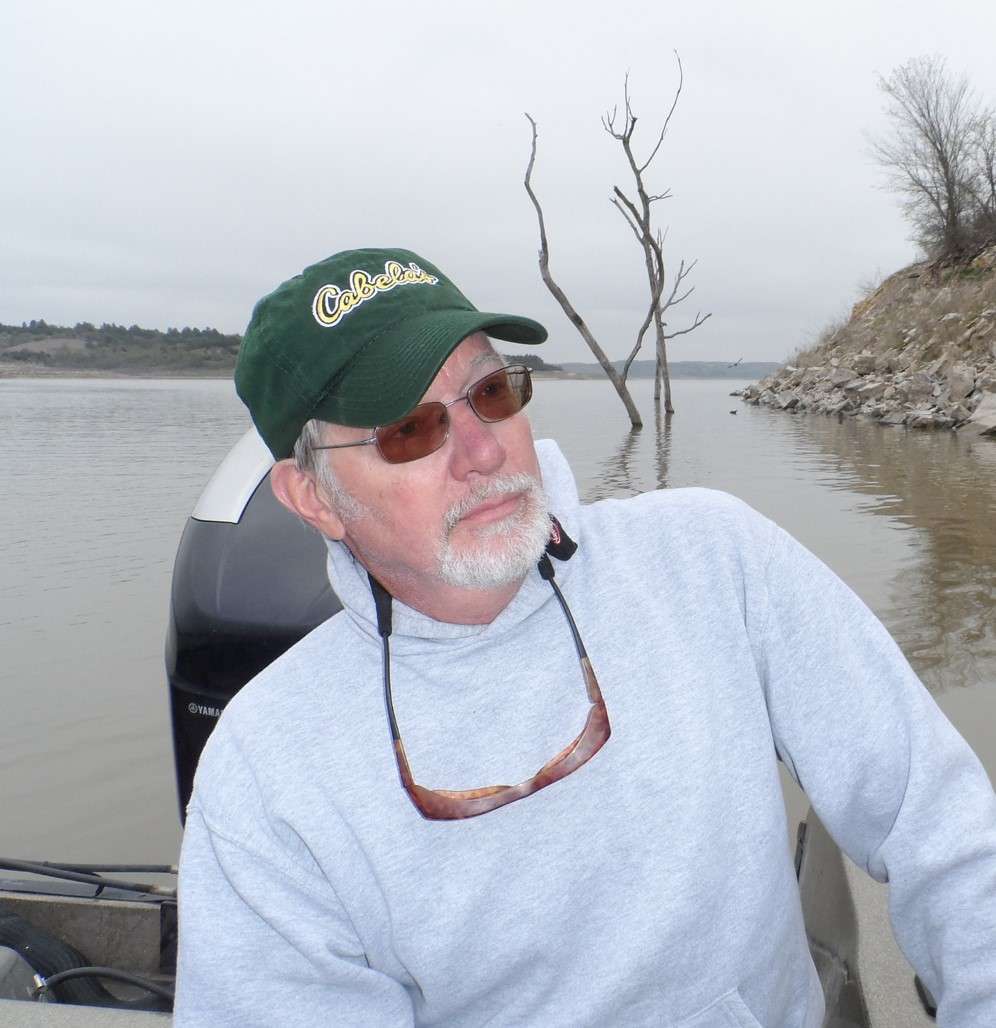Exploring Kansas Outdoors
By Steve Gilliland
I moved to Kansas in the late 1980’s during the fall of the year and one of the first things I noticed was the extraordinary number of hawks. They especially liked perching on power poles along the railroad; back then (and still today) it was quite common to drive the 12 miles from Hutchinson to Inman and count more than one hawk per mile. That began my love for birds of prey.
Soon we will again be seeing an extraordinary number of hawks of all varieties as they migrate south toward warmer climates. The extent of our Kansas winter will largely determine whether they stay here for a spell or move on south, and our milder-than-normal winters of late have been a huge draw to migrating hawks. The vast acreages of new wheat fields will be a huge draw too, as mice, voles and insects become vulnerable to the hawk’s keen eyes in the short new wheat. A few years ago, I happened by a nearby field of soybeans being cut. What caught my eye was the enormous number of hawks all around the field; I counted to thirty-some before losing count. I rolled into the field and talked with one of the combine drivers about the hawks. He said they had suddenly appeared as if from nowhere when they started cutting and had been there since. The soybean plants were extra tall and thick that year, and as they ripened and dropped their foliage, it left several inches of duff covering the ground between the rows; perfect cover for field mice and rats looking for warm concealment. As the combines lumbered through the field, they forced all those rodents from their cozy quarters and the hawks were feasting. This week I mowed a few acres around our raised deer blind and each pass sent field mice and voles so fat they practically waddled running in every direction. “Man could the hawks be feasting,” I thought. Another plus for hawks wintering in KS is the type of air currents and thermals that blow through the plain’s states. North winds coming down from Canada are utilized by all types of hawks, saving them precious energy by being able to soar. So, in summary, the mild winters, ample prey, open fields and the beneficial wind currents all make Kansas a popular place to see hawks of many varieties this time of year.
One common hawk we see here every winter are Northern Harriers, known by some as marsh hawks. They are large hawks marked with a white stripe across their broad, square tail and are often seen gliding effortlessly mere feet above CRP fields and pastures. We have the privilege of watching a couple each year as they cruise the grass waterway in front of our deer blind for meals. We also get an influx of Red Tail hawks from northern states as they come here for our milder winters. Swainson hawks on their way to Argentina stop in Kansas by the thousands. Rough-Legged Hawks migrate from Canada to the western US, including Kansas. Ferruginous Hawks may be seen here as they travel from Western Kansas to parts of the South Eastern US and to Florida. All these truly make for a kaleidoscope of raptors in our fall Kansas sky. Yet another reason to continue to Explore Kansas Outdoors.
Steve can be contacted by email at stevenrgilliland@gmail.com.





